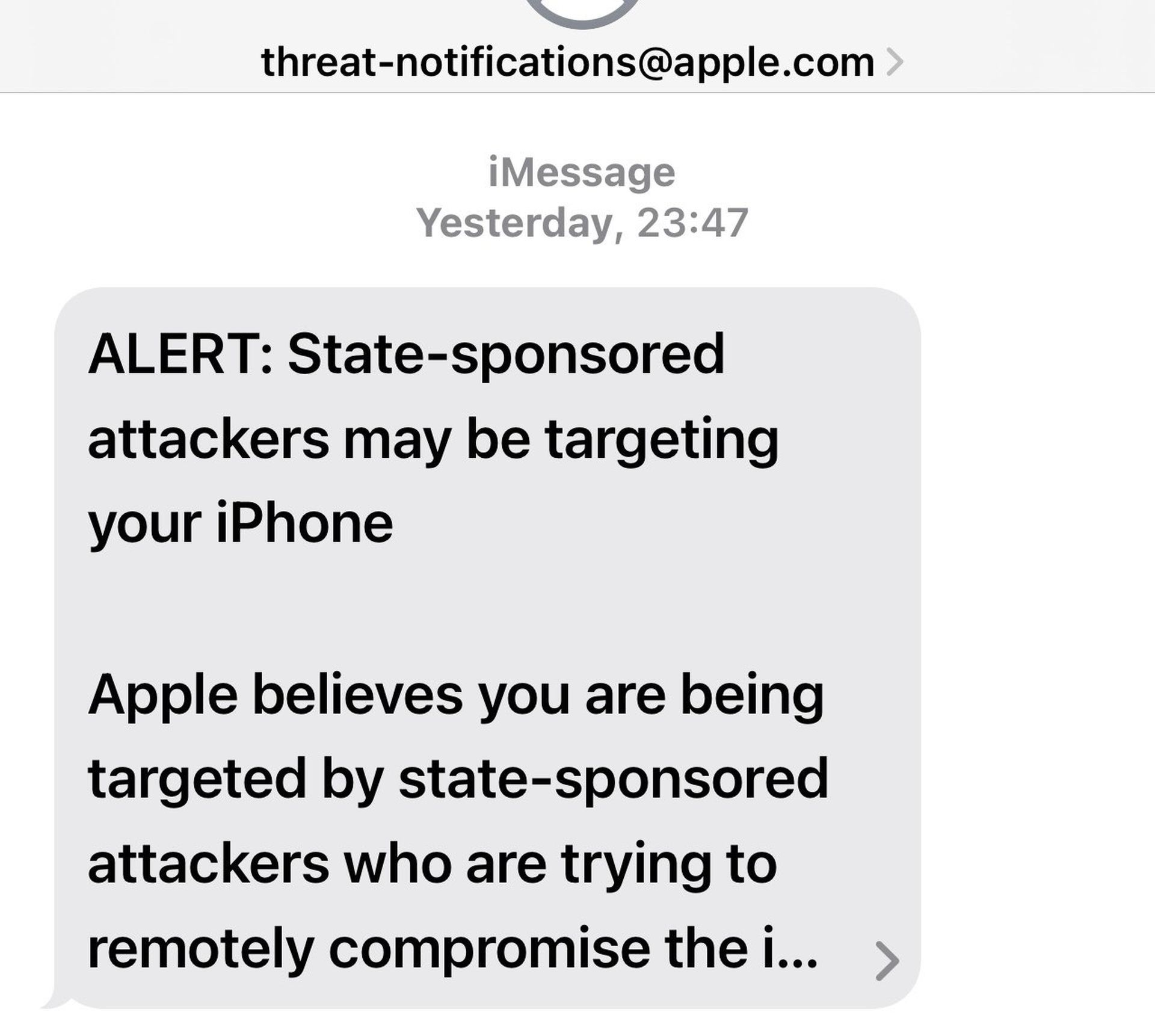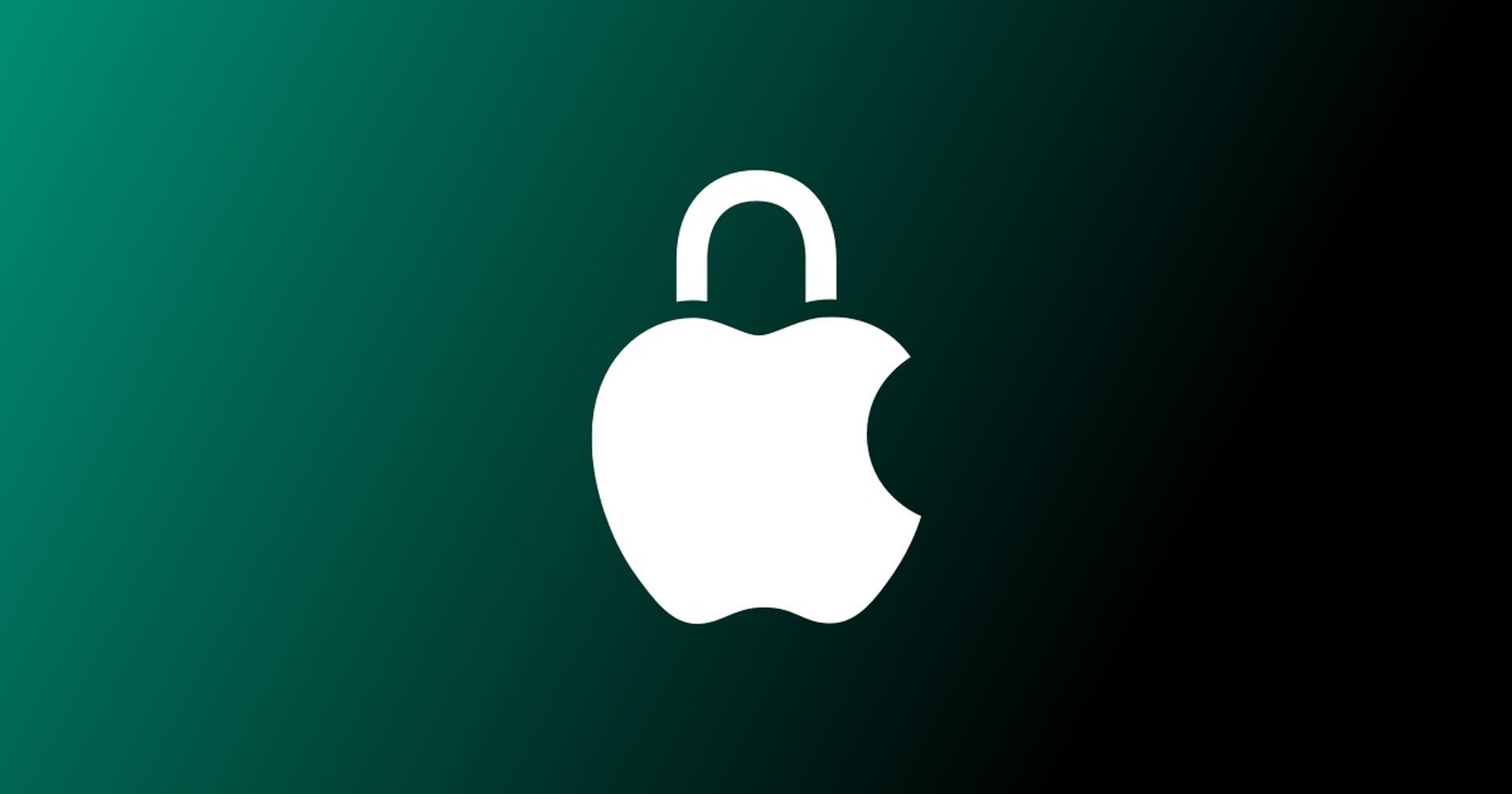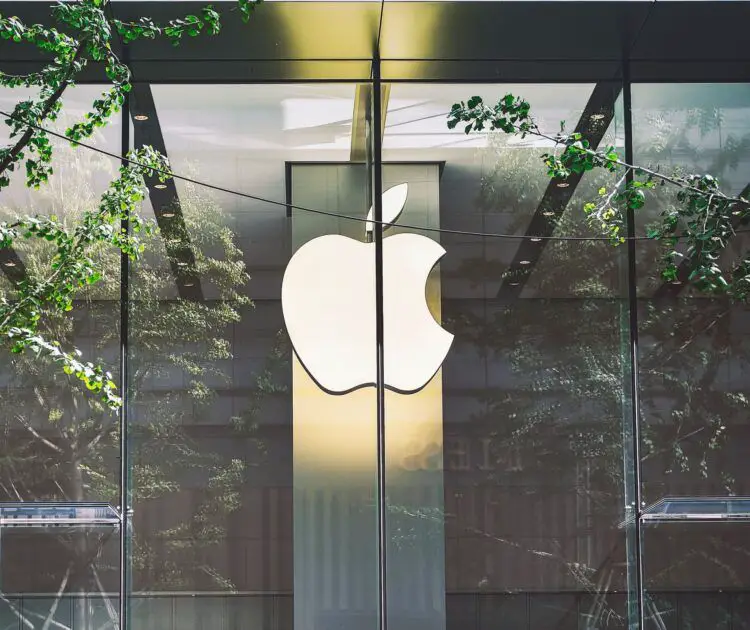On Tuesday morning, the Apple cyber attack alert system took proactive measures to notify Indian opposition leaders and other individuals of potential state-sponsored threats targeting their iPhones.
This significant development comes a year after a committee of experts, appointed by the Supreme Court, conducted an analysis of 29 phones and found inconclusive evidence regarding the presence of Pegasus spyware.
Received text & email from Apple warning me Govt trying to hack into my phone & email. @HMOIndia – get a life. Adani & PMO bullies – your fear makes me pity you. @priyankac19 – you, I , & 3 other INDIAns have got it so far . pic.twitter.com/2dPgv14xC0
— Mahua Moitra (@MahuaMoitra) October 31, 2023
Why did the Apple cyber attack alert system warn Indian opposition leaders?
In the wee hours of Tuesday morning, parliamentarians Priyanka Chaturvedi, Mahua Moitra, Shashi Tharoor, along with Congress’ head of media and publicity, Pawan Khera, took to the social media platform X (formerly known as Twitter). They shared screenshots detailing Apple cyber attack alert, cautioning them about a potential state-sponsored attack aimed at compromising their iPhones.
This marks the second instance where Apple has issued such notifications, alerting users to the potential threat of a state-sponsored attack. In 2021, both Apple and Google took the proactive step of sending out warnings to users worldwide, including those in India. These notifications served as a cautionary measure, informing users that their devices may have been remotely compromised due to an attack linked to Pegasus, a spyware developed by the Israeli company NSO.
How exactly does the Apple cyber attack alert system function?
Notifications are dispatched via emails and iMessages to the user’s associated Apple ID address and phone number. Moreover, when users sign in to applied.apple.com, a conspicuous red “Threat Notification” banner graces the top of the page.
This banner not only reaffirms the authenticity of the received message but also provides the date of when the notification was sent via email and iMessage, instilling confidence in the user.

How does Apple detect these potential attacks?
While Apple is circumspect about the specifics of its detection methods, it is known that they rely on intelligence signals related to threats received by the company. Their discretion in disclosing detailed detection techniques stems from the need to prevent potential attackers from adapting their tactics.
This strategic silence underscores Apple’s commitment to staying one step ahead in the cat-and-mouse game of digital security.
But what about the risks of fake threat notifications?
Unlike some spyware companies that rely on users clicking on malicious links, Apple’s approach is decidedly different. Their threat notifications do not contain any clickable links, providing an added layer of security. They firmly eschew asking users to install apps, profiles, or share verification codes via email or phone. Even when providing URLs for additional information, Apple takes a deliberate precaution. They space out the links, encouraging users to manually enter them rather than clicking directly.
This astute move significantly reduces the risk of inadvertently accessing malicious links, placing the onus of security squarely in the hands of the user.

Now, who might be the potential targets?
Apple, in its acknowledgment of the evolving threat landscape, recognizes that the average individual is not likely to be a focal point for state actors. These attacks demand substantial resources in terms of finances, physical infrastructure, and personnel. The primary targets could include politicians, human rights activists, journalists, or individuals who are vocal critics of a government. Apple cyber attack alert system acts as a bulwark, offering a crucial heads-up to those who may find themselves in the crosshairs of state-sponsored threats.
In a world where digital security is of paramount importance, Apple cyber attack alert system serves as a crucial defense mechanism, offering users a heads-up about potential threats and empowering them to take necessary precautions.

This proactive approach underscores Apple’s unwavering commitment to safeguarding the privacy and security of its users in an ever-evolving digital landscape, setting a benchmark for other tech giants to follow suit.
Meanwhile, if you are interested in learning more about hacking incidents and data breaches, make sure to check out our articles on how BeyondTrust discovered 1Password Okta breach and Casio data breach 2023 exposed customers in 149 countries.
Featured image credit: zhang kaiyv on Unsplash





